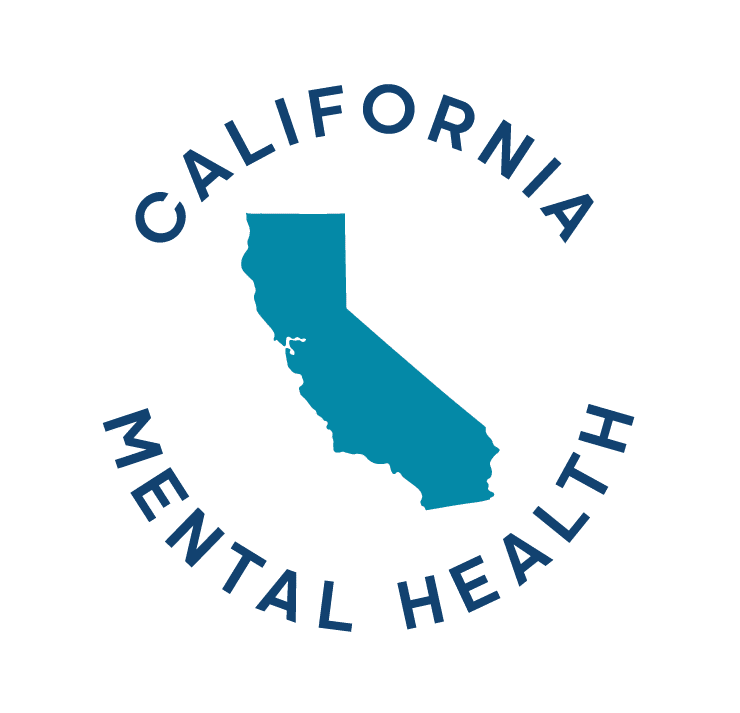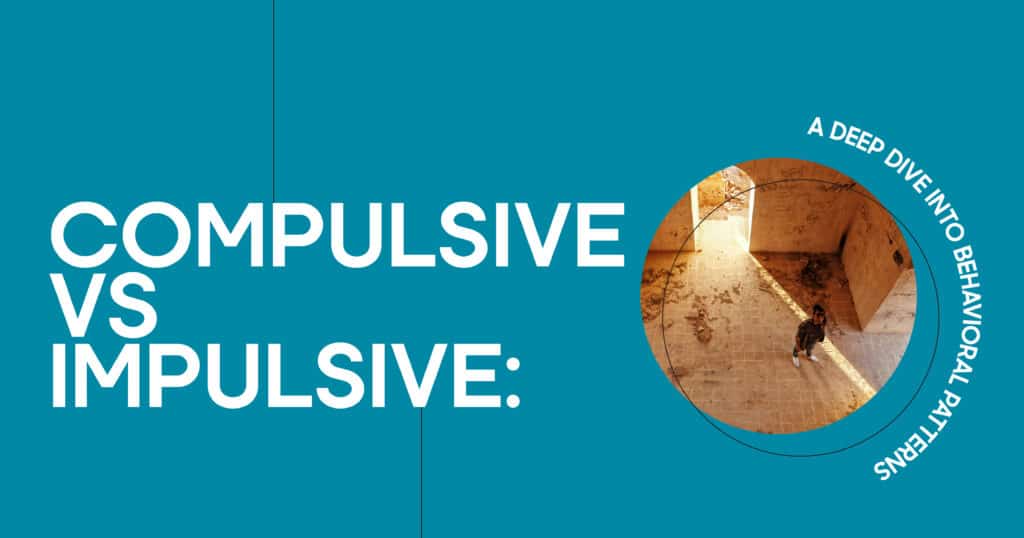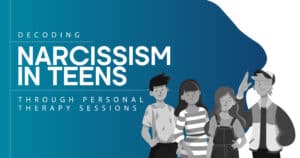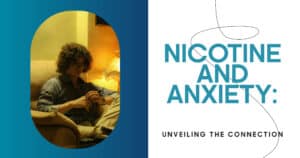You may be aware of times that you acted without stopping to think, like buying something you did not really want or need, or saying something you later regretted. This is referred to as impulsive behavior, which means acting quickly in hopes of immediate pleasure, benefit, or relief from discomfort, often without much thought involved.
Or perhaps, you feel driven to repeat a behavior rigidly, like checking, arranging, or washing things repeatedly. You are not doing these things to engage in a pleasurable activity, but rather to fight increasing anxiety. This is referred to as compulsive behavior; it describes repeated behaviors done to prevent perceived harm or distress.
Understanding what drives compulsive and impulsive behavior is the first step towards regaining control.
Defining Compulsive and Impulsive Behaviors
California Mental Health
Impulsive behavior is when you do not think before you act. You are simply after immediate relief or reward (for example, overspending as a stress response). Your brain’s reward system (dopamine) overwhelms rational control, allowing for immediate short-term benefit.
On the other hand, compulsive behavior refers to repeated rituals you feel compelled to perform to mitigate anxiety or prevent dreaded outcomes (for example, hand washing repetitively).
The Role of Decision Making in Compulsive and Impulsive Actions
Understanding the difference between the two behaviors helps you understand why you feel “out of control” in both situations.
| Aspect | Impulsive Behavior | Compulsive Behavior |
| Primary Driver | Reward-seeking (dopamine surge) | Threat-avoidance (anxiety reduction) |
| Brain Pathway | Amygdala Immediate action (Prefrontal cortex bypassed) | Prefrontal cortex, obsessive error-checking (Amygdala overactivated) |
| Though Process | “I want this NOW” | “If I don’t do this, something BAD will happen.” |
| Example | Buying unaffordable items during stress | Washing hands until raw to “remove germs” |
| Outcome Focus | Short-term relief > Consequences | Ritual completion > Logic / reality |
Both scenarios test your capacity for healthy decision making; recognizing those scenarios provides a chance for professional intervention.
Self-Control and Emotional Regulation in Compulsive and Impulsive Behaviors
Impulsivity and compulsive behavior inhibit self-control and emotional regulation, but in different ways. Impulsivity suppresses the “pause button” in your brain, causing you to prioritise immediate emotional gratification. Compulsions keep you stuck in rigid actions that relieve your anxiety.
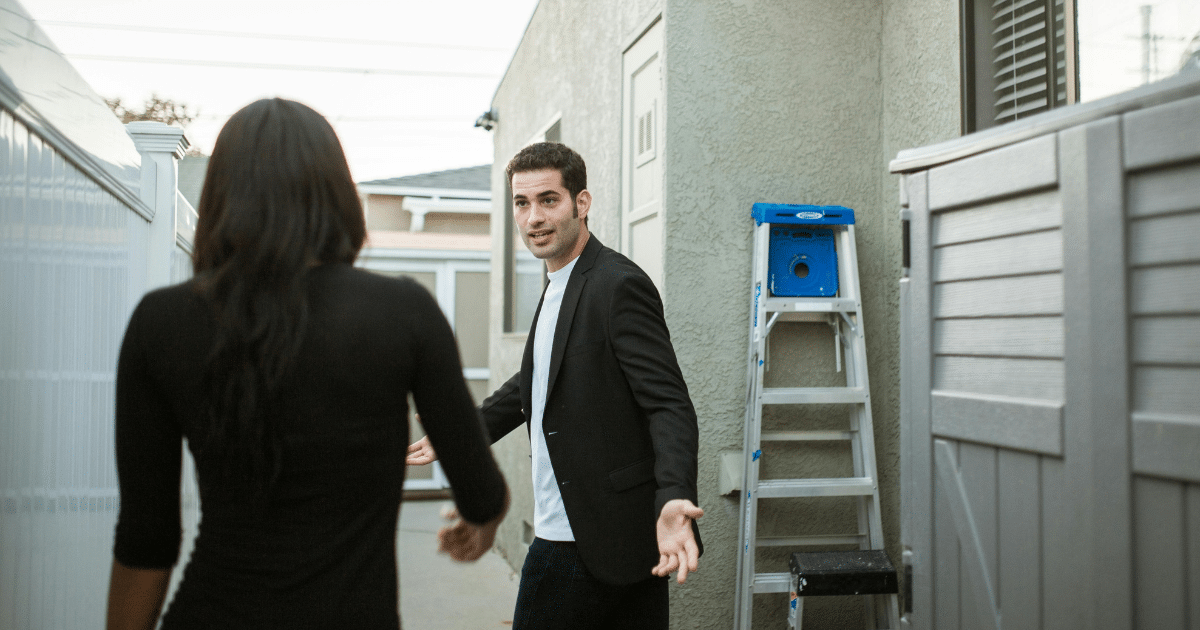
Here is a comparison of how impulsivity and compulsion disrupt your inner balance:
| Aspect | Impulsive Behavior | Compulsive Behavior |
| Core Challenge | Poor delayed gratification(Low frustration tolerance) | Inflexible rule-following (Inability to adapt) |
| Emotional Trigger | High arousal (excitement/anger) | Pre-ritual anxiety/”incompleteness” dread |
| Self-Control Failure | Acting BEFORE considering consequences | Acting DESPITE knowing the consequences |
| Psychological Response | Dopamine surge = impulsive urgency | Cortisol spike = ritualized relief |
| Regulation Strategy | “Delay tactics” (e.g., 10-minute rule) | “Ritual interruption” (e.g., gradual exposure) |
Both behaviors increase your lack of autonomy, but you can use intentional plans and strategies to regain control.
California Mental Health
Psychological Disorders Related to Compulsive and Impulsive Behaviors
Compulsive and impulsive behaviors are more than annoying habits. They are fundamental aspects of numerous psychological disorders. Recognizing compulsive and impulsive behavior assists us in pinpointing underlying pathology.
Here is a summary of the primary disorders related to each behavior. It gives insight into how they affect everyday functioning.
Attention-Deficit/Hyperactivity Disorder (ADHD)
ADHD frequently includes impulses that manifest as impulsive actions. These actions include interrupting others or taking risks. Your brain has difficulties with executive control. This makes it hard to stop and think before acting.
This impulsivity is not an intentional disregard for consequences. It’s a neurobiological challenge of being unable to stop oneself from reacting immediately to stimuli. This can impair social or work life.
Obsessive-Compulsive Disorder (OCD)
OCD involves compulsive behaviors (e.g., cleaning, checking). It is characterized by having fears. They lead to compulsive actions to neutralize those fears. You know these actions are irrational. However, the anxiety surrounding the fear is intolerable. This leads you to perform these behaviors. You’re stuck in a loop for hours every day.
Borderline Personality Disorder (BPD)
In BPD, impulsivity (including self-harming behavior, substance use) happens as a result of intense emotional pain. You may act impulsively to escape feelings of emptiness or abandonment.
Individuals only think about their immediate feelings. Poor decisions that come from impulsive behavior often lead to shame. This can further feed impulsive behavior and increase emotional instability.
Bipolar Disorder (Manic Phase)
During manic episodes, all of that impulsivity is elevated. You may spend recklessly, experience hypersexuality, or even make reckless investments. Your brain’s reward system is hyperactive and dominates your decision-making, leading to poor choices and actions regardless of the consequences.
Hoarding Disorder
Hoarding is the compulsive saving of items because of either a perceived need to save or an emotional attachment to the items. You may feel that getting rid of things may cause harm. Hoarding is not the same as collecting, anxiety is driving your behavior instead of pleasure, and it can make you socially isolated.
Eating Disorders (e.g., Binge-Eating)
Binge eating is an impulsive behavior (eating large amounts in a short time) combined with compulsive rituals (eating in secret and compensatory behaviors). You feel a loss of control when you binge eat and then develop rules to correct the guilt you feel.
Addiction: An Intersection of Compulsive and Impulsive Behaviors
Addiction starts impulsively: you chase a “high” or escape discomfort through substances or behaviors while disregarding consequences (e.g., “Just one drink”). Dopamine drives this reward-seeking phase for a while, but inevitably, you enter the compulsive use stage: you need to use this substance/behavior to avoid withdrawal or deep, crushing anxiety.
As a result, you engage in a series of ritualized actions, even if they cause harm. This isn’t a case of weak willpower; your brain’s reward circuit (impulse) and stress circuit (compulsion) have hijacked decision-making.

Strategies for Managing Compulsive and Impulsive Behaviors
Targeted methods can change the brain’s automatic response to impulsive urges and compulsive rituals.
- Impulsivity: The 10-Minute Delay Rule
When an impulsive urge arises (for example, online shopping or sending an angry text), take a breather for ten minutes. Set a timer. Use this opportunity to ask: “What is the long-term cost?” This short interruption has your prefrontal cortex engaged in decision-making, which will reduce the amygdala’s “ACT NOW” signal.
- Compulsivity: Ritual Delay + Distraction
If the anxiety demands that you perform a compulsion (ex., wash your hands), delay performing the ritual the first time for 30 seconds. Each time you practice this task, try to increase the delay to 5 minutes or longer. When you are waiting, distract yourself by engaging in a sensory task (name 5 blue items). This task rewires the body’s threat-response by showing that anxiety reduces without engaging in compulsive behaviors.
- Mindfulness for Body Awareness
Practice a 5-minute body scan for 5 days straight: take note of the physical sensations (heat, tension) you notice, without judgment. Practicing a body scan trains you to notice physical sensations that signal when you can become impulsive/compulsive.
For example, if your heart races, you are likely about to feel an urge. By noticing these bodily sensations, you create a “choice point” between a physical involuntary trigger and subsequent action, which may improve emotional regulation.
- CBT Thought Restructuring
Challenge distorted thoughts that are fueling your behaviors. For impulsiveness: “Is this going to end up actually helping me with my stress?”; For compulsive behaviors: “What is the actual likelihood that something terrible will happen?” Then write what alternatives you could follow. You are reshaping your automatic thoughts by doing this repetitively, so they eventually become less powerful. Consider using a journal to track this.
- DBT Distress Tolerance
Use crisis skills when feeling overwhelmed. Consider TIPP:
- Temperature (i.e., putting ice on the wrists)
- Intense Exercise (i.e., jumping jacks)
- Paced Breathing (4 sec inhale, 6 sec exhale)
These physiological interventions can disrupt the stress cycle in < 90 seconds.
- Exposure Response Prevention (ERP)
For compulsions: In a gradual fashion, expose yourself to anxiety-provoking triggers (e.g., touch a doorknob) without engaging in the ritual. Start with exposures that induce low anxiety.
- Reward Replacement
Substitute unhealthy behaviors with healthier rewards. Compulsive shopping? Walk while listening to a podcast. Skin-picking behavior? Use a fidget cube. Consistency connects the trigger to the new action. After 3-6 weeks, neural pathways start to change, and a healthy habit may become automatic.
Contact CA Mental Health to Learn More
If obsessive or impulsive behaviors negatively affect your life, please remember this: struggling in silence is not a sign of strength. A specialist from CA Mental Health will help you create a tailored toolkit based on proven therapies and practices. With our expert help, you can regain control of your habits in no time.
Book a confidential consultation with CA Mental Health today!
California Mental Health
FAQs
What are the key differences between compulsive behavior and impulsive behavior in terms of decision making?
Impulsive behavior skips rational thinking and acts before considering the consequences. Compulsive behavior follows an actual set of rigid “rules” to avoid anxiety, and acts regardless of their knowledge that their compulsive acts are excessive or irrational.
How do compulsive behaviors and impulsive behaviors affect an individual’s self-control and emotional regulation?
Impulsivity diminishes the ability to pause when urges emerge. Which means, when you experience a surge of emotion, you engage in a worst-case-scenario outburst.
What psychological disorders are commonly associated with compulsive and impulsive behaviors?
Impulsivity is a known feature of ADHD, BPD, and mania from bipolar disorder, and compulsivity is the best term to describe OCD, hoarding, or BDD. Both behaviors can occur when individuals are attempting to fix addictions.
How does addiction relate to both compulsive and impulsive behaviors?
Addiction typically starts as an impulsive search, seeking a high. But as you continue to engage in the behavior, it becomes compulsive (to avoid withdrawal anxiety).
What mental health strategies are effective in managing compulsive and impulsive behaviors?
For impulsivity: Use delay strategies and CBT. For compulsivity, use ERP and ritual interruption. Both processes benefit from mindfulness and professional therapy (CBT/DBT) to potentially rewire brain activity for the long term.
